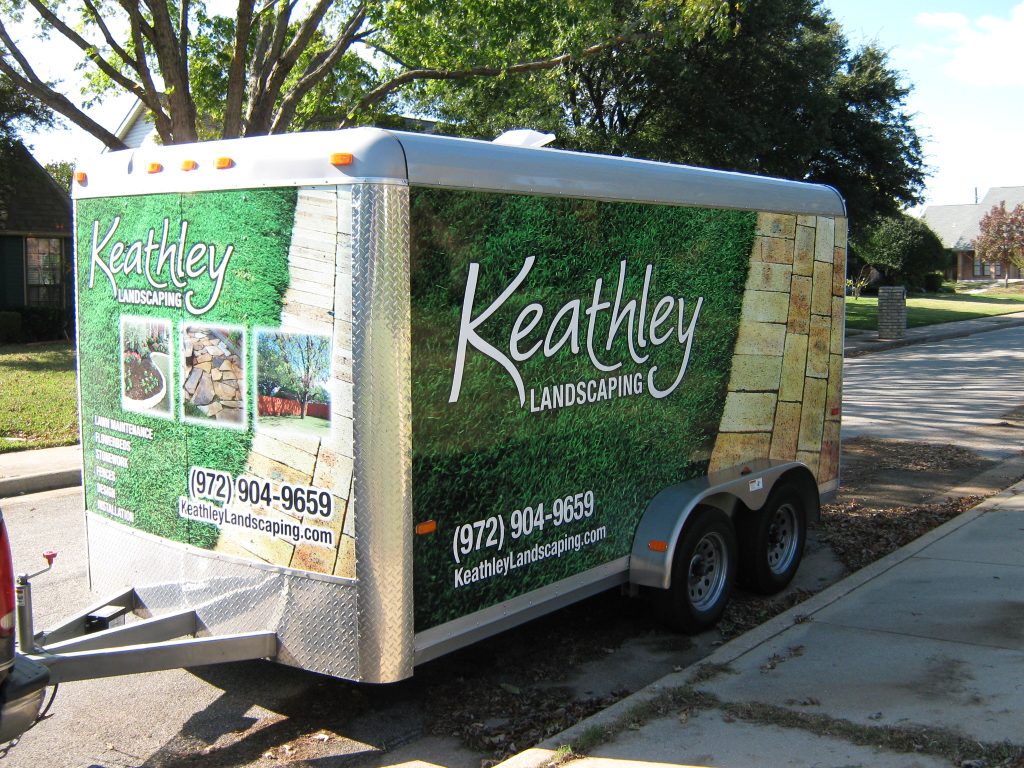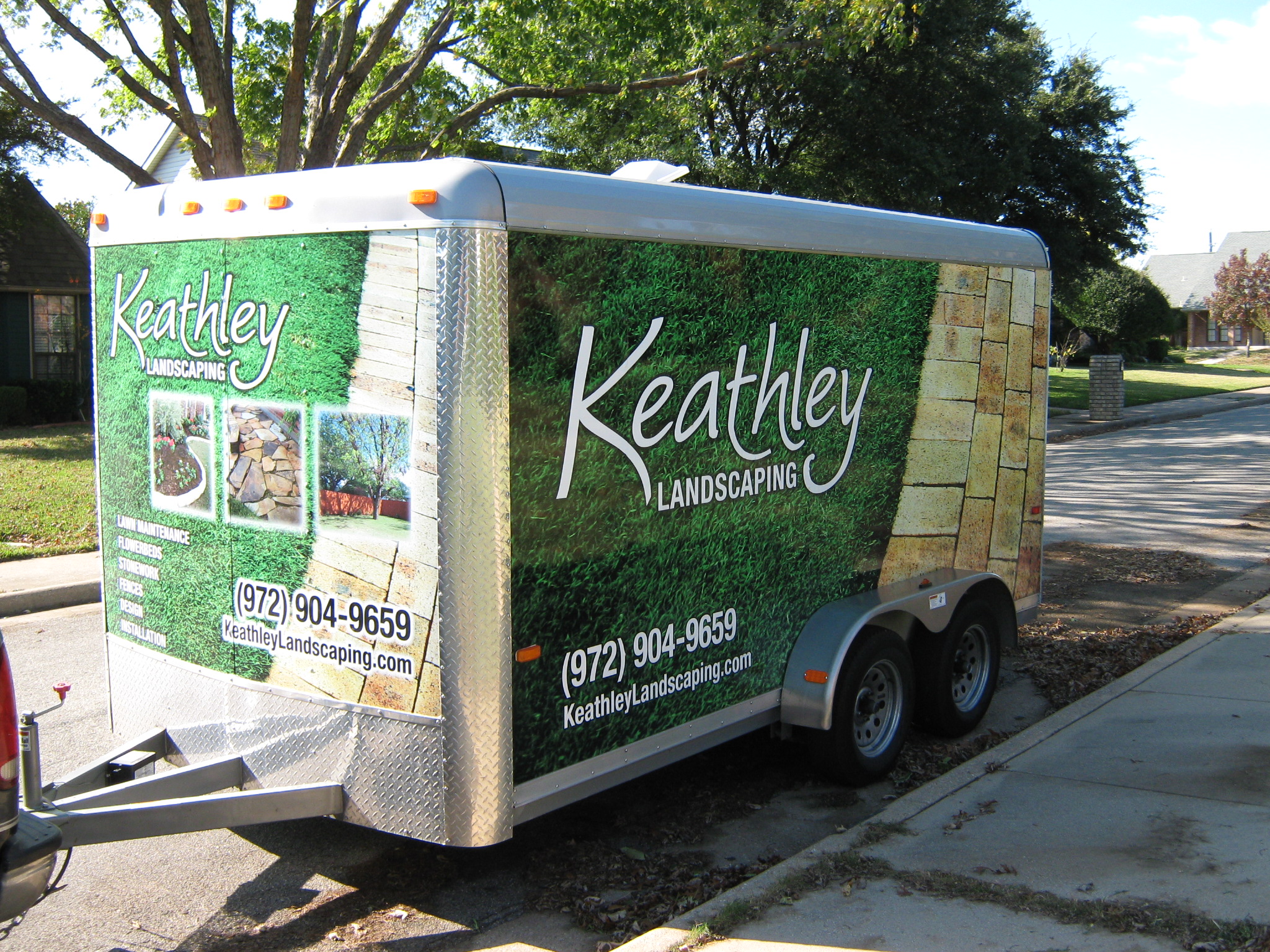French Drains: A Comprehensive Guide for Rural Properties
When living in rural areas, managing water flow around your property can be a daunting task. One effective solution is installing a French drain. In this guide, we’ll explore what French drains are, how they work, and why they’re particularly beneficial for rural properties. Let’s dive in! 🌊
Table of Contents
1. What is a French Drain?
2. Benefits of French Drains in Rural Areas
3. How to Install a French Drain
4. Maintenance and Care
5. Conclusion
6. FAQ
What is a French Drain? 🏞️
A French drain is a simple yet effective system designed to redirect water away from specific areas. It consists of a trench filled with gravel or rock, containing a perforated pipe that redirects water away from your property. The concept is straightforward: let gravity do the work by channeling water downhill and away, preventing unwanted accumulation near your home or other structures.
Benefits of French Drains in Rural Areas 🌾
Rural properties often face unique drainage challenges due to their natural landscapes. Here are some reasons why a French drain might be your best ally:
1. Prevents Water Damage: By directing water away from your home, French drains help avoid basement flooding and structural damage.
2. Reduces Soil Erosion: Excess water can erode soil, damaging your garden or landscaping. French drains help stabilize the ground.
3. Cost-Effective Solution: Compared to other drainage systems, French drains are relatively inexpensive and easy to install.
How to Install a French Drain 🛠️
Installing a French drain can be a rewarding DIY project. Here’s a step-by-step guide:
Step 1: Plan Your Route – Determine where water tends to accumulate and where you want it to go. Use a string or garden hose to outline the trench path.
Step 2: Dig the Trench – Excavate a trench along your path. It should be about 18-24 inches deep and 9-12 inches wide.
Step 3: Add Gravel – Fill the trench with a layer of gravel, then lay down the perforated pipe. Make sure the holes are facing downwards.
Step 4: Cover the Pipe – Add more gravel over the pipe, leaving room for a final layer of topsoil or sod to blend with the surrounding area.
Maintenance and Care 🧹
Once installed, French drains require minimal maintenance. Here are a few tips to keep them functioning efficiently:
Regular Inspections: Check the drain for clogs or debris, especially after heavy rains.
Keep it Clear: Ensure the end of the drain remains clear and free from obstructions like leaves or soil.
Flush Periodically: Occasionally flush the system with a garden hose to remove any potential buildup.
Conclusion
French drains are a practical and cost-effective way to manage water on your rural property. With a bit of planning and effort, you can protect your home from water damage and enjoy a more stable, erosion-free landscape. Now, grab your shovel and get started on your very own French drain! 💪
FAQ
Q1: How deep should a French drain be?
A: Typically, a French drain should be about 18-24 inches deep, but this can vary based on your specific needs and landscape.
Q2: Can I install a French drain myself?
A: Absolutely! With the right tools and guidance, most homeowners can install a French drain as a DIY project.
Q3: How long do French drains last?
A: With proper installation and maintenance, a French drain can last anywhere from 30 to 40 years.
Q4: What is the cost of installing a French drain?
A: Costs can vary, but generally, a DIY French drain installation can cost between $10 to $30 per linear foot.
Q5: Can a French drain work on flat land?
A: Yes, but it may require additional planning to ensure proper water flow, such as creating a slight slope for the trench.






































Recent Comments